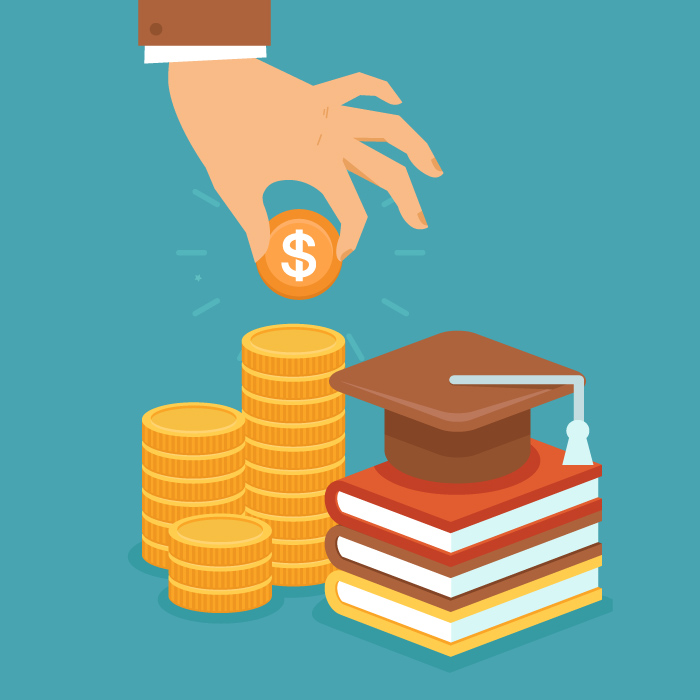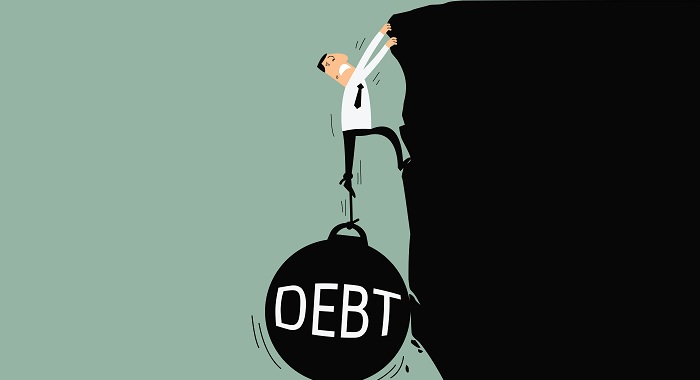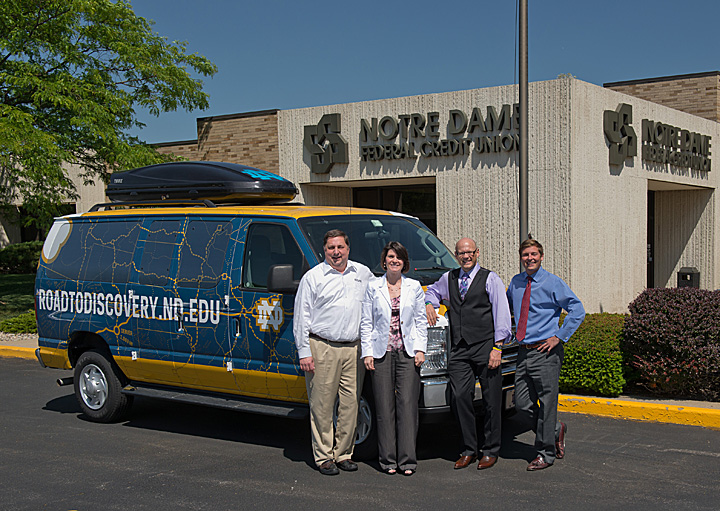How to Save for Your Child’s College Without Breaking Your Own Bank
Here’s the understatement of the century: College is not cheap. In fact, the average tuition cost for in-state students at public universities is currently about $10,000 a year. And that doesn’t include room and board, meals or books.
Like we said, college isn’t cheap – and that’s why it behooves parents to begin saving for it as soon as possible. So how can you start saving for your child’s college education without having to live off ramen noodles and cheap beer yourself? Here’s a look at some tips and suggestions:
How to Save for Your Child’s College Education
- 529 Plans: 529 plans are available in every U.S. state and are purpose-designed to help parents save for college. You can select from two options with these plans. One plan allows you to lock in current tuition rates by purchasing credits. The other plan works similar to any other savings plan in that you just contribute regularly. These plans are only available to be used toward tuition, or room and board. If you withdraw funds from 529s for anything other than college expenses, you’ll be socked with a hefty 10 percent tax.
- Work College Savings Into Your Budget: We get it, your paycheck is already a little exhausted when it comes to allocating for retirement, flexible spending accounts and even costs toward your employer’s benefits plan that you’re on. But it’s still important to work some sort of college savings into your budget, even if it’s just $20 a month that you allocate toward a 529 plan or separate savings account.
- Savings Bonds: Encourage your family members to gift your child savings bonds on birthdays and for other milestone achievements (i.e. graduation, religious benchmarks, etc.). Savings bonds accrue interest over time and can represent a significant return on investment once they mature, which is usually 15 or 30 years.
- Don’t Try to Finance College All by Yourself: While it’s only natural to want to help your children with education expenses, the reality of it is that you may still have to take out student loans in your child’s name. That’s OK, and it’s nothing to be embarrassed by.
How You Don’t Want to Finance Your Child’s College
While we’ve gone over some ideal ways to save for your child’s college expenses, let’s take a look at some options that you should absolutely stay away from:
- Credit Cards: Never pay tuition bills with your credit card. Taking on this large of an expense can increase your credit utilization ratio and you’ll likely get socked with much higher interest rates than you would from a student loan if you can’t pay off the balance immediately. You’ll also likely be subject to an additional fee for paying with plastic.
- Your 401K: Don’t withdraw money from your 401K to pay for tuition with the pledge of eventually paying it back. In addition to cutting into your retirement funds, you’ll be subject to a hefty tax penalty.







